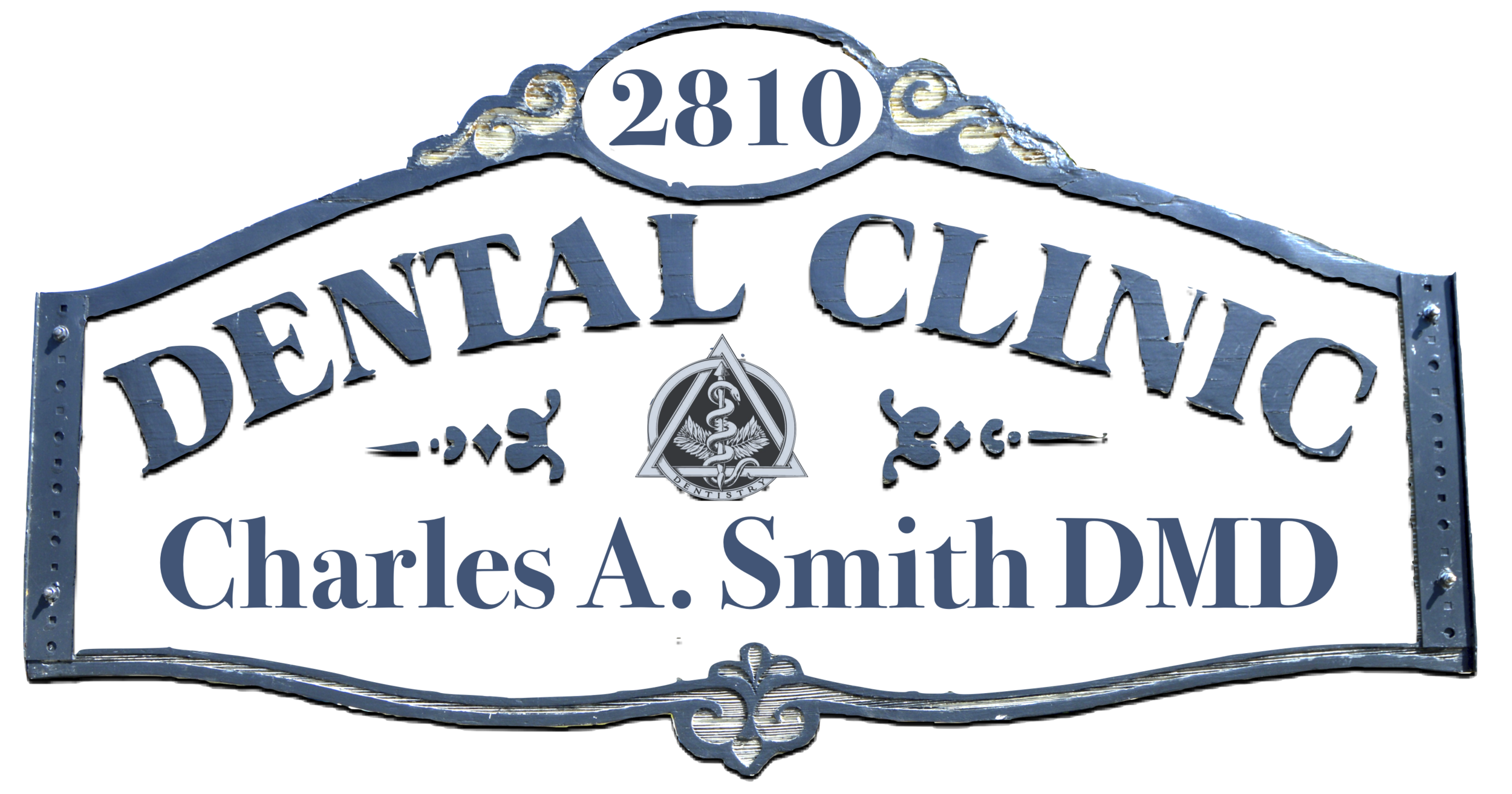Diagnodent
The Diagnodent helps detect dental caries at the earliest possible stage so that the most appropriate treatment can be presented to you.
Diagnodent is a fluorescent laser that finds cavities which lie beneath the surface of the tooth. There are often cavities that x-rays and the explorer do not find. This advanced technology helps to preserve a greater amount of your tooth structure by uncovering dental decay before it progresses too far.
Digital X-Rays
Digital x-rays are quickly becoming adopted by a large percentage of the dental industry. A digital x-ray allows the dentist to take an image of the tooth or teeth and put it into an imaging program. Within this imaging program, there are a number of tools that will allow the dentist to take a very close look at the teeth and surrounding structures with amazing accuracy. As a benefit to the patient, the digital x-ray also provides nearly 80% less radiation than a standard x-ray. This is due to the fact that the digital version of the x-ray is much more sensitive to this radiation and has been specifically designed with the patient in mind.
E4D Ceramic Restorations (Same Day Crowns)
E4D is an advanced dental technology that is utilized for the restoration of decayed, cracked, or chipped teeth.
The E4D can create full crowns, inlays, onlays, and veneers. The E4D machine crafts a restoration in a matter of minutes. E4D restorations are made of compressed ceramic. It is for this reason that they are stronger than laboratory restorations, which are layered ceramic. The most beneficial feature of receiving an E4D restoration is that it can possibly be accomplished in one visit. In addition to the benefit of a one visit restoration, there is no uncomfortable impression material to bite on or temporary to wear.
Procedure
The procedure for placement of an E4D restoration is very simple. The first step is to remove all decay from the tooth. The doctor will then shape the tooth in preparation to take a laser image picture. Once this image is captured, the tooth will appear on a computer screen in 3D. This will allow the doctor to design the restoration right in front of you. Once the design is completed, the E4D will mill the restoration. You can actually watch this process if you would like. Once the restoration is finished milling, the doctor will place the restoration.
Electric Hand-pieces
There are basically two types of handpieces, air-driven and electric. Electric handpieces are much stronger than air-driven due to the fact that a motor is spinning the bur as opposed to air. This allows the doctor to remove decay at a faster pace. This will cut down on the time it takes to complete a procedure.
Intraoral Camera
The intraoral camera is an amazing diagnostic tool for viewing different angles in the mouth that we would not have been able to just a few years ago. The camera gives us the ability to view the entire mouth on a monitor so that we can get a closer look at any potential issues or problems that may arise. In addition, the patient will have the ability to see for themselves first hand the same images we are seeing. These digital images are also excellent for gaining procedure acceptance from insurance companies.
Rotary Endodontics
Endodontics, more commonly known as root canal, is a procedure where the roots or nerves of the tooth are removed. This is often due to the fact that they are infected and the tooth is causing pain.
Rotary Endodontics is a way of performing the root canal utilizing a specific electrical handpiece. This tool often makes the process faster and allows the dentist to perform the process with greater ease.


